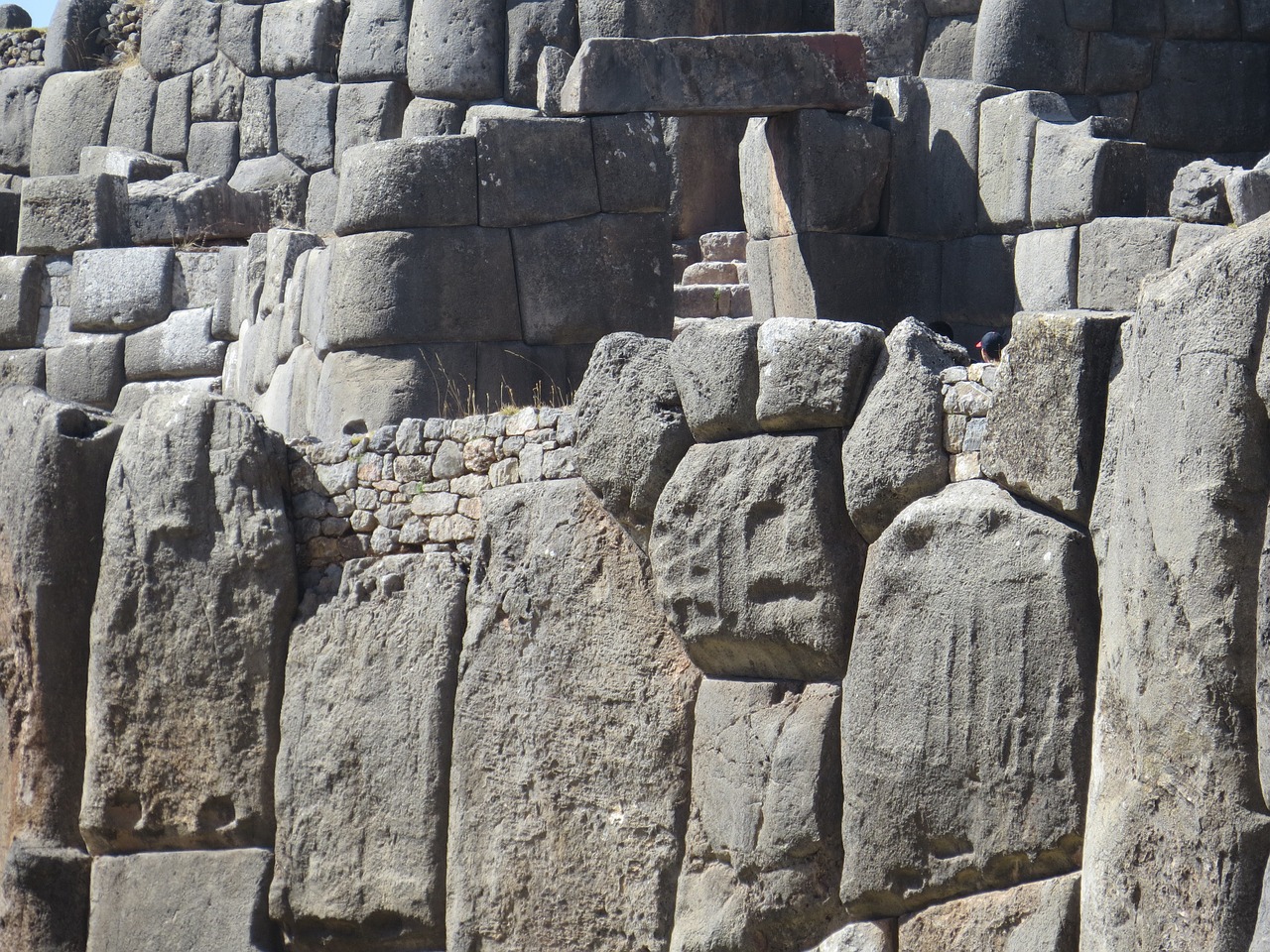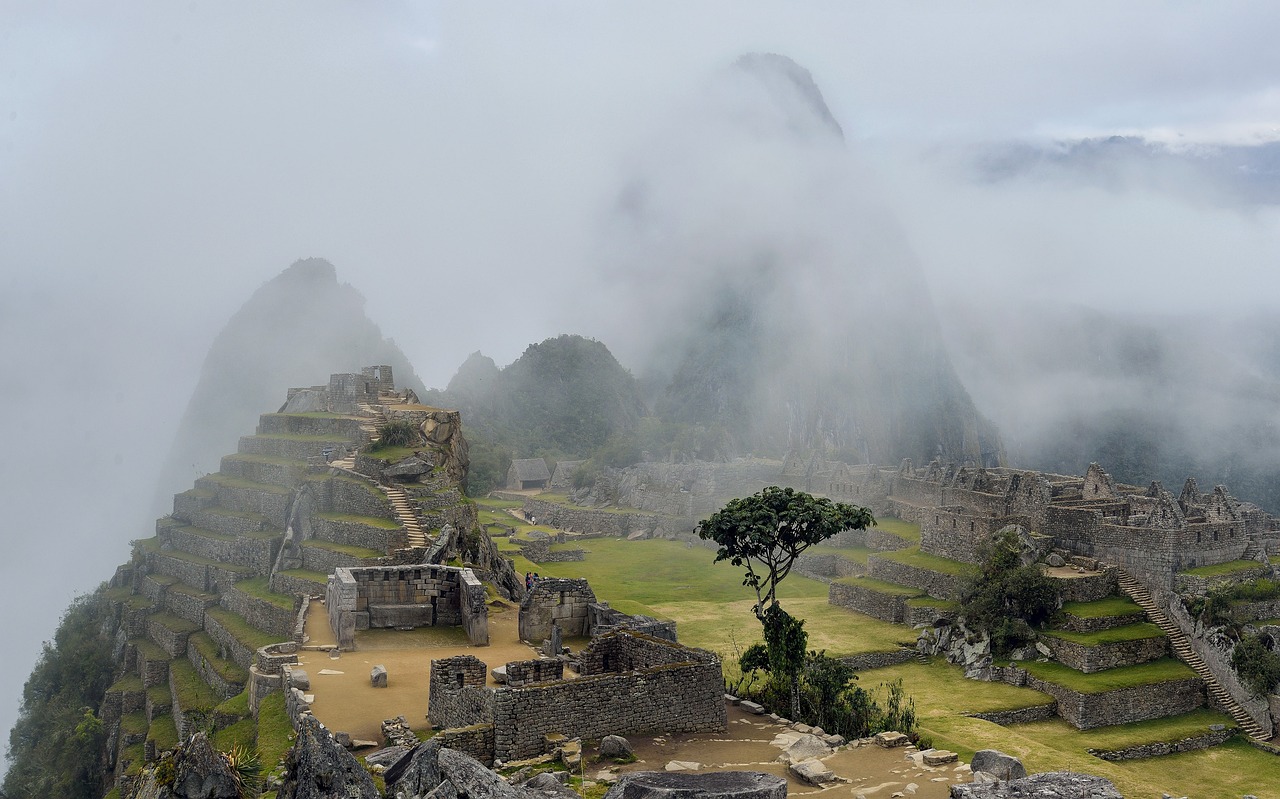Peru Video
Insider Tips: Avoiding Tourist Traps in Peru
Peru is a country rich in history, culture, and natural beauty. From the ancient ruins of Machu Picchu to the vibrant streets of Lima, there is something for every traveler to enjoy. However, like any popular tourist destination, Peru has its fair share of tourist traps. These are places or activities that may not live up to the hype or can be overpriced and overcrowded. To help you make the most of your trip, here are some insider tips on how to avoid tourist traps in Peru.
1. Machu Picchu: Planning Ahead
• Book your tickets in advance: Machu Picchu is one of the most popular tourist attractions in Peru, and tickets often sell out quickly. To avoid disappointment, make sure to book your tickets well in advance.
• Consider alternative routes: The classic Inca Trail to Machu Picchu is a popular choice, but it can be crowded and requires a permit. Consider alternative routes like the Salkantay or Lares treks for a less crowded experience.
• Visit during the shoulder season: Machu Picchu sees the most visitors during the peak tourist season (June to August). Consider visiting during the shoulder season (April to May or September to October) for fewer crowds and better weather.
2. Lima: Exploring Beyond Miraflores
• Venture into Barranco: While Miraflores is the most popular neighborhood for tourists in Lima, don’t miss out on exploring Barranco. This bohemian district is known for its colorful streets, art galleries, and vibrant nightlife.
• Try local street food: Instead of sticking to touristy restaurants, venture into the local markets and try some authentic Peruvian street food. Places like Mercado Surquillo or Mercado Central offer a wide variety of delicious and affordable options.
• Visit the historic center: Lima’s historic center, also known as the Plaza de Armas, is a UNESCO World Heritage site. Take a walk through its colonial streets, visit the impressive Cathedral of Lima, and explore the beautiful San Francisco Monastery.
3. Cusco: Avoiding Overpriced Souvenirs
• Shop in local markets: Skip the souvenir shops near the main tourist areas and head to the local markets like San Pedro or San Blas. Here, you’ll find a wide range of traditional crafts, textiles, and souvenirs at more reasonable prices.
• Bargain with vendors: Don’t be afraid to haggle when buying souvenirs in Peru. Vendors in local markets expect some negotiation, so try to get the best price possible.
• Support local artisans: Look for cooperatives or shops that directly support local artisans. By purchasing from them, you’ll not only get unique and authentic products but also contribute to the local economy.
4. Sacred Valley: Exploring Beyond the Main Sites
• Visit lesser-known ruins: While Machu Picchu is undoubtedly the highlight of the Sacred Valley, there are many other fascinating ruins to explore. Consider visiting sites like Ollantaytambo, Pisac, or Moray for a more intimate experience.
• Explore local communities: Take the time to visit local communities in the Sacred Valley and learn about their traditional way of life. Many offer homestay programs where you can immerse yourself in the local culture and customs.
• Go off the beaten path: Don’t be afraid to venture off the main tourist routes and explore lesser-known trails or villages. You’ll often find hidden gems and breathtaking landscapes that are less crowded and more authentic.
Peru Image 1:

5. Arequipa: Avoiding Tourist Restaurants
• Ask locals for recommendations: When it comes to finding the best places to eat in Arequipa, ask the locals. They can recommend authentic restaurants that offer delicious traditional dishes at reasonable prices.
• Explore the local markets: Arequipa’s markets, like Mercado San Camilo, are a food lover’s paradise. Sample local delicacies and enjoy freshly prepared meals at the market stalls.
• Take a cooking class: Consider taking a cooking class in Arequipa to learn how to prepare traditional Peruvian dishes. Not only will you get to enjoy a delicious meal, but you’ll also gain insights into the local cuisine.
6. Lake Titicaca: Authentic Homestays
• Stay with a local family: To truly experience the culture and traditions of the communities around Lake Titicaca, consider staying with a local family. Homestays offer a unique opportunity to interact with locals and learn about their way of life.
• Participate in community activities: Many homestay programs include activities like fishing, farming, or traditional ceremonies. Embrace these opportunities to immerse yourself in the local culture and contribute to the community.
• Respect local customs and traditions: When visiting communities around Lake Titicaca, it’s important to respect their customs and traditions. Learn about their etiquette, dress modestly, and always ask for permission before taking photos.
Peru Image 2:

7. Amazon Rainforest: Choosing Responsible Tours
• Research eco-friendly tour operators: When planning a trip to the Amazon Rainforest, choose tour operators that prioritize sustainability and conservation. Look for certifications like Rainforest Alliance or Responsible Travel.
• Opt for small-group tours: Smaller group sizes allow for a more intimate and immersive experience in the Amazon. You’ll have a better chance of spotting wildlife and learning from knowledgeable guides.
• Learn about indigenous cultures: Many tours in the Amazon include visits to indigenous communities. Ensure that these visits are respectful and support the local communities by providing fair compensation for their participation.
8. Nazca Lines: Flight Safety
• Choose a reputable airline: When taking a flight over the Nazca Lines, safety should be your top priority. Choose a reputable airline with experienced pilots and well-maintained aircraft.
• Check weather conditions: The visibility of the Nazca Lines can be affected by weather conditions. Check the weather forecast before booking your flight to ensure optimal viewing conditions.
• Follow the weight restrictions: Due to the small size of the planes, there are strict weight restrictions for passengers. Make sure to adhere to these restrictions to ensure a safe and comfortable flight.
Peru Image 3:

9. Colca Canyon: Avoiding Crowded Viewpoints
• Start early: To avoid crowds at popular viewpoints in Colca Canyon, start your day early. Most tour groups arrive later in the morning, so by starting early, you’ll have a better chance of enjoying the views without the crowds.
• Explore alternative hiking trails: Instead of sticking to the main viewpoints, consider exploring lesser-known hiking trails in Colca Canyon. You’ll have a chance to discover hidden gems and enjoy the breathtaking scenery in peace.
• Stay overnight in the canyon: Consider spending a night in one of the lodges or guesthouses within Colca Canyon. This allows you to experience the canyon at different times of the day and avoid the day-trippers.
10. Trujillo: Authentic Cultural Experiences
• Visit the Chan Chan Archaeological Zone: Trujillo is home to the largest adobe city in the world, Chan Chan. Explore this UNESCO World Heritage site and learn about the ancient Chimu civilization.
• Attend traditional festivals: Trujillo is known for its vibrant festivals and celebrations. Check the local calendar and try to coincide your visit with events like the Spring Festival or the Marinera Dance Competition.
• Explore Huanchaco Beach: Take a break from the city and head to Huanchaco Beach, just a short drive from Trujillo. This laid-back beach town is known for its surf culture and traditional reed boats called “caballitos de totora.”
11. Iquitos: Responsible Wildlife Encounters
• Choose ethical animal encounters: When visiting Iquitos, opt for responsible wildlife encounters. Avoid activities that involve captive animals or disrupt their natural habitats.
• Support conservation initiatives: Look for tour operators or organizations that actively contribute to the conservation of the Amazon rainforest and its wildlife. By supporting these initiatives, you’re helping protect the unique biodiversity of the region.
• Learn from knowledgeable guides: When exploring the Amazon, make sure to choose guides who have extensive knowledge about the local flora and fauna. They can enhance your experience and provide valuable insights into the ecosystem.
12. Puno: Exploring Lesser-Known Islands
• Visit the Uros Floating Islands: While the Uros Floating Islands are a popular tourist attraction, consider visiting lesser-known islands like Taquile or Amantani for a more authentic experience. These islands offer a glimpse into the traditional lifestyle of the local communities.
• Stay overnight with a local family: Many families on the islands offer homestay programs, allowing visitors to experience their daily life firsthand. It’s a great way to learn about their customs, traditions, and even participate in local activities.
• Respect the local culture: When visiting the islands, respect the local culture and customs. Follow any guidelines provided by your hosts and ask for permission before entering sacred areas.
Conclusion
By following these insider tips, you can navigate through Peru without falling into the common tourist traps. Remember to plan ahead, explore beyond the main tourist areas, support local communities, and prioritize responsible and ethical experiences. Peru has so much to offer, and with these tips, you’ll be able to make the most of your trip and create unforgettable memories.
References
– www.peru.travel
– www.lonelyplanet.com/peru
– www.nationalgeographic.com/travel/destinations/south-america/peru/
– www.tripsavvy.com/peru-travel-guide-4173815


